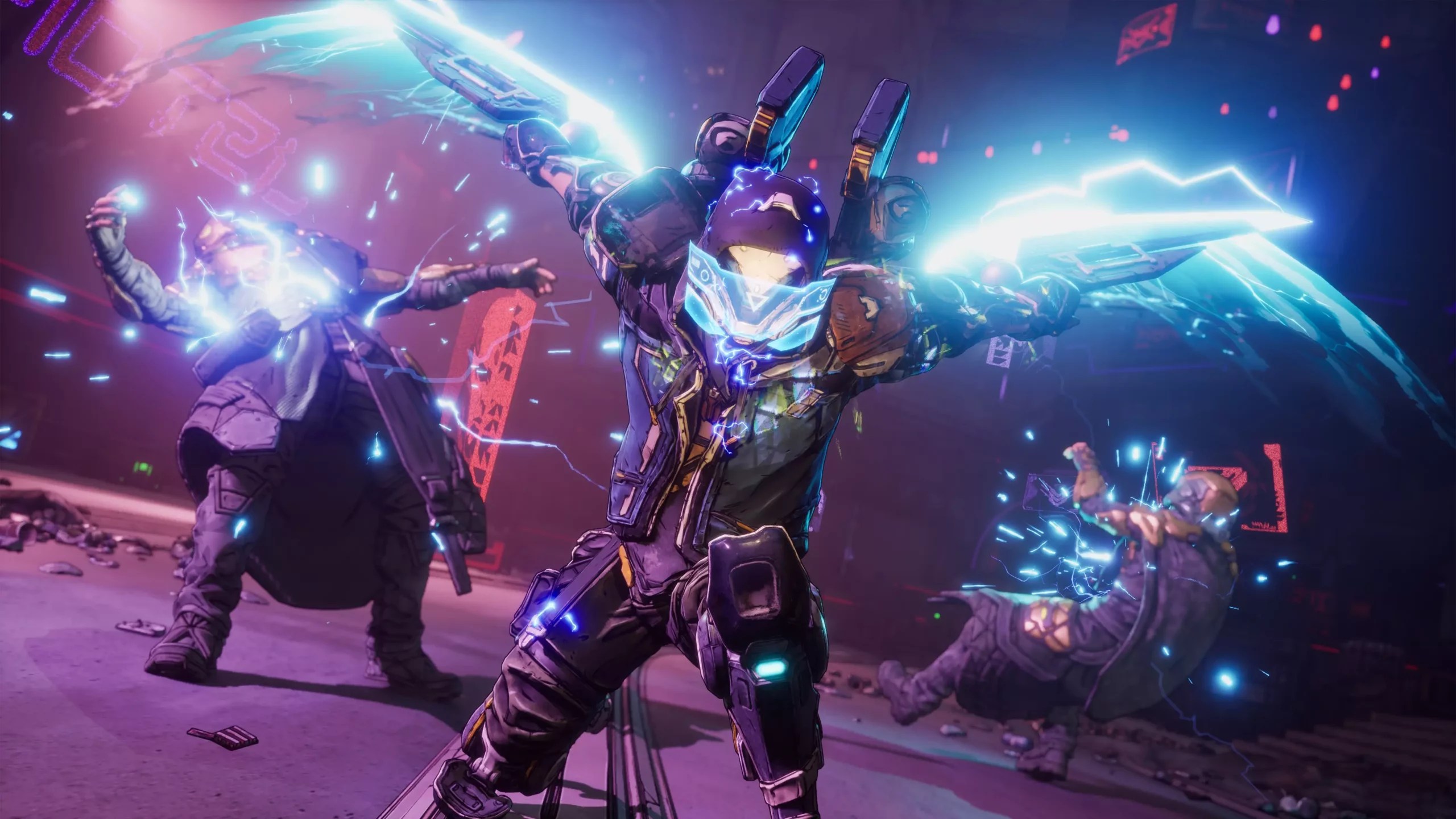As the video game industry evolves at breakneck speed, one of the most pressing conversations revolves around pricing strategies. With major titles soaring past the $70 benchmark—most recently pushed to $80 by flagship releases like Nintendo’s *Mario Kart World* for Switch 2—publishers and consumers are locked in a delicate dance. In this context, the forthcoming *Borderlands 4*, a product of Gearbox and its parent company Take-Two Interactive, has emerged as a focal point of speculation regarding pricing. The uncertainty surrounding the cost tied to this upcoming title reflects broader trends in gaming economics and the challenges developers face as budgets increase.
Randy Pitchford’s Candid Commentary
Randy Pitchford, the CEO of Gearbox, stepped into the spotlight during a recent PAX East panel, candidly admitting his lack of knowledge regarding the final price point of *Borderlands 4*. His transparent commentary resonates with many industry insiders who grapple with the shifting ground beneath their feet. Acknowledging the complexity of the current marketplace, Pitchford opined on how factors like consumer price sensitivity and soaring development costs complicate pricing strategies. With *Borderlands 4* rumored to boast a budget more than double that of its predecessor, *Borderlands 3*, the stakes are undeniably high.
This echoed a sentiment in the community; a balance must be struck between financial viability for the developer and maintaining a fair price for eager players. The reality that game budgets are inflating, coupled with operational costs such as retail packaging tariffs, paints a challenging picture. The simple truth is that the business of gaming no longer merely revolves around development and marketing—it now encompasses a profoundly intricate chess game of pricing analytics and consumer engagement.
Market Dynamics: A Price Raise on the Horizon?
As gamers eagerly await pre-orders for *Borderlands 4*, Pitchford’s vague hints suggest that the final price could align with the new benchmarks set by competitors. While he didn’t explicitly name figures, the implicit acknowledgment that the $80 mark is a possibility underscores a worrying trend. This price inflation invites scrutiny, raising questions regarding the sustainability of such high costs in a market already ripe with alternatives. The crux is clear: players are becoming more discerning. As gaming has transitioned from a niche hobby to a dominant entertainment industry, the consumer base has become equipped with the expectations that come with premium pricing.
Discussions around game pricing also inevitably touch upon value—what players receive in return for their investment. Pitchford touched on this, emphasizing the necessity for gamers to feel they’re getting their money’s worth. This notion of perceived value could define the success of *Borderlands 4*. If players believe they’re gaining a richer, more engaging experience, they may be more inclined to accept a higher price tag, especially if such a leap in quality is evident. The implicit message is that as development costs rise, game quality should advance in tandem, providing justification for a higher cost of entry.
A Deeper Dive into Game Development Economics
The conversation around pricing goes beyond simple dollars and cents—it spills into the philosophy guiding game development itself. Developers like Gearbox are tasked with the dual challenge of creating innovative content while ensuring economic sustainability. Pitchford’s statement that increased revenue directly contributes to the development of “bigger and better” games reflects the forward-looking nature of the gaming industry, but it also sheds light on an essential conflict.
In emphasizing the desire to deliver value, there’s an underlying push towards innovation and creativity. For instance, Pitchford humorously referenced user feedback regarding the shift from a traditional minimap system to a new compass feature in *Borderlands 4*. The result is not just a matter of gameplay mechanics; it speaks directly to how developers choose to innovate and cater to player preferences while also balancing development constraints. Here lies the essence of modern game design—a willingness to experiment, acknowledging that not every change might resonate but recognizing that innovation is often essential for progress.
Looking Ahead: What Lies Beyond Borderlands 4?
As *Borderlands 4* gears up for its transition from speculation to reality, it will be fascinating to watch how Gearbox navigates this particular crossroads in gaming economics. Players are faced with choices, and as the industry broadens its price spectrum, it forces stakeholders—developers, publishers, and gamers alike—to re-evaluate their expectations and aspirations. The road ahead might be fraught with challenges, but it also offers an abundance of opportunities for groundbreaking experiences. Whether *Borderlands 4* will be the game that justifies a new pricing paradigm remains to be seen, but the discussions surrounding its launch are already reshaping perceptions in an industry that thrives on innovation.


Leave a Reply